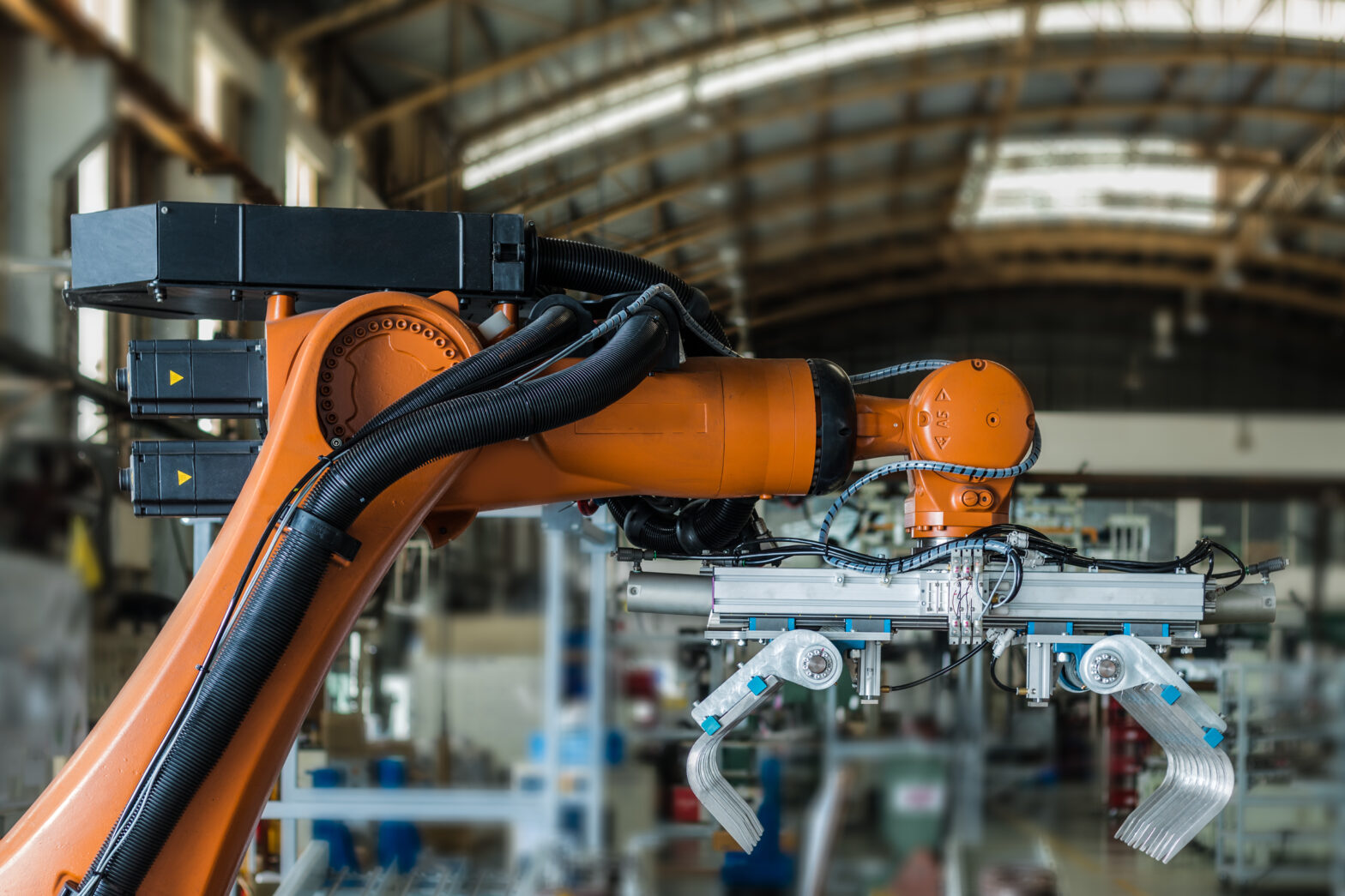Businesses across the globe are starting to realise the benefits of new and emerging technologies such as artificial intelligence (AI), robotics and the Internet of Things (IoT) as they begin to drive improved efficiencies, processes and, in some cases, new disruptive business models which can truly change the game.
Retail giant Ocado is one such organisation. Having recently announced its plans to transform itself from an online grocer into a technology provider – selling robot-operated warehouses and digital commerce platforms to other retailers – Ocado is paving the way to what may well be the future of its business.
The organisation has even, somewhat bravely, publically commented on how the move will mean its profits will take a hit in the 2018 financial year. How then, can Ocado, and the other businesses looking to follow suit – and disrupt their business models in a bid to embrace the fast-paced technological landscape – ensure such transformations are successful?
IT infrastructure
For organisations like Ocado to truly benefit from innovation, it is critical their existing IT infrastructure is set up for success before investing in technologies such as AI, robotics and IoT.
>See also: Digital transformation: business first, technology second
According to a McKinsey Global Survey, ‘How to Beat Transformational Odds’, 74% of digital transformations will fail. And those businesses which don’t succeed, they will all have one thing in common – they see technology as individual tools which need to be implemented rather than part of an overarching ecosystem. As a result, many will continue to struggle with pervasive application sprawl and disconnected data silos.
However, the success of any transformation project, whether it involves disrupting business models or not, is dependent on an organisation’s ability to create a connected business – one which brings together people, processes and technology investments – at scale.
The connected business
As firms grapple to achieve the status of the connected business, they must firstly ensure all systems and apps – whether on premise or in the cloud – are communicating with each other, sharing activity, accurate data and enabling such investments as those announced by Ocado.
>See also: 5 factors defining digital transformation in 2018
The best way to do this? With a fast and flexible integration strategy, based around technology such as Integration as a Service (iPaaS). Unlike traditional integration techniques, which have become outdated and can no longer cope with today’s rate of innovation and digital change, iPaaS is a tool with the power to connect both new and old applications.
Forrester also supports the importance of iPaaS, stating it can address the need ‘to ease integration with cloud-based solutions, avoid custom code and improve agility while reducing the need for specialised integration skills’.
Alongside an iPaaS solution however, enterprises need to make technology investments which enable them to adapt their business models at will and having a strategy that ties all this together is key:
• Connect everything – from cloud apps, legacy systems and data stores all the way down to people and things.
• Engage everywhere – businesses processes should be automated and deliver an engaging experience to customers, employees and partners through the channels they choose. Be it web, mobile or other platforms.
>See also: Digital transformation: why it matters and how it can be achieved
• Run anywhere – enterprises need a system which allows them to run their applications wherever it makes the most sense. Be that through public cloud, private cloud, hybrid or on premise.
Without a fast and flexible integration strategy based on technology such as iPaaS, the transformations we are seeing from organisations like Ocado won’t be implemented at the speed required to deliver timely business value, or at a cost low enough to deliver ROI.
Today, integration solutions also provide a fast and flexible user experience and their simplicity means they should play a key role in any organisation’s digital change strategy. With next generation integration technology, businesses leaders can drive transformation projects from the front – whether the end goal is improving productivity, connecting mobile workers or launching completely new products and services around cloud, social or IoT technologies.
Transformations may be happening across the business landscape, but achieving genuine change at the necessary pace requires a fast and flexible integration strategy – it’s time for organisations to not only think of what they want to achieve, but how they can do so in a connected and effective way.
Sourced by Ian Currie, EMEA director at Dell Boomi







